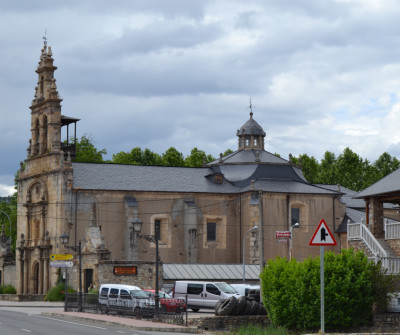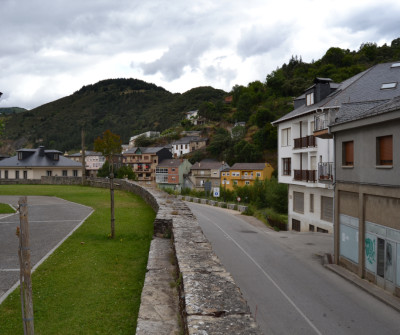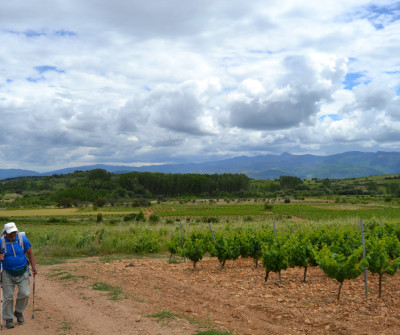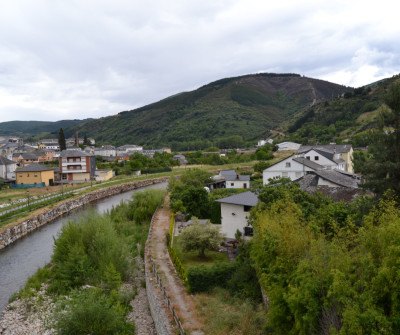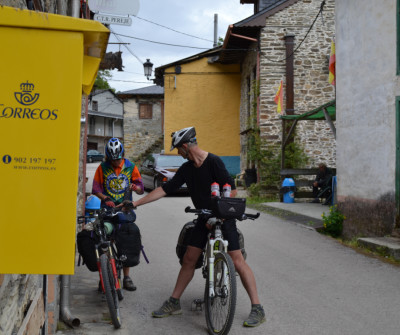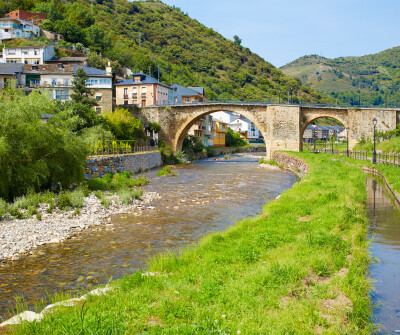Ponferrada is left behind via a detour of almost 4 kilometres heading towards Compostilla, which features the church of San Esteban, and onto the village of Columbrianos. There are housing clusters until Fuentes Nuevas. where pilgrims can find all the necessary services to continue their journey.
The next village,10 kilometres on from the day’s starting point, is Camponarayara. Here the typical landscape of El Bierzo, with its vineyards that produce this region’s splendid wines, becomes more and more prominent.
The Camino continues towards Cacabelos, passing by the Santuario de la Quinta Angustia and onto the ascent towards Pieros. In order to follow the official route, you have to pay attention to the stone signs leading to Villafranca del Bierzo, a place with a rich artistic heritage. Villafranca, listed as a Historic-Monumental Town, has many historic buildings and streets, such as La Calle Ribadeo or La Calle del Auga. Notable buildings include the Colegiata, the castle, the churches of San Francisco and San Nicolás, and the Convento de la Anunciada, where you can find the tallest (33m) and oldest (400 years) cypress in Spain, and the Romanesque church of Santiago. The latter is especially relevant for the Camino as pilgrims who are impaired by illness to get to Santiago can seek forgiveness for all of their sins here. The Puerta del Perdón is only open during the Holy Years (Años Santos Compostelanos), and is opened by the Bishop of the diocese of Astorga himself.
How to get to Ponferrada
Tips from our postmen and women
What to do and see in Villafranca del Bierzo?

“Villafranca del Bierzo is known as Little Compostela. Apart from its monuments, the food is amazing and inexpensive, abundant in variety as well as in the generosity of the portions served.
I recommend trying our traditional dishes with wine of the “Bierzo” denomination of origin. There are several wine cellars in the area who organise guided tours and have shops where they sell their wine to the general public”.


 Filter
Filter